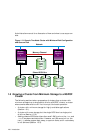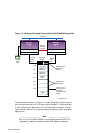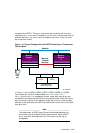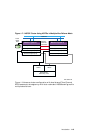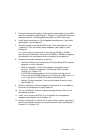
Figure 1–5: Two-Node Configurations with UltraSCSI BA356 Storage Units
and Dual SCSI Buses
Host Bus Adapter (ID 7)
Network
Memory
Channel
Interface
Memory Channel
Memory Channel
Member
System
2
Member
System
1
Tru64
UNIX
Disk
Host Bus Adapter (ID 6)
Host Bus Adapter (ID 6)
Host Bus Adapter (ID 7)
ID 8
ID 9
ID 10
ID 11
ID 12
ID 13
PWR
ID 14 or
PWR
ID 8
ID 9
ID 10
ID 11
ID 12
ID 13
PWR
ID 14 or
PWR
PWR
Clusterwide
/, /usr, /var
Member 1
Boot Disk
Member 2
Boot Disk
Quorum
Disk
ID 5
ID 4
ID 6
ID 3
ID 2
ID 1
ID 0
PWR
Mirrored
/usr, /var
ID 5
ID 4
ID 6
ID 3
ID 2
ID 1
ID 0
Redundant
PWR or not
used
Redundant
PWR or not
used
Data Disk
Data Disk
Data Disk
Data Disk
Data Disk
Data Disk
Data Disk
Data Disk
Mirrored
Data Disk
Mirrored
Data Disk
Mirrored
Data Disk
Mirrored
Data Disk
Mirrored
Data Disk
Mirrored
Data Disk
Mirrored
Data Disk
Mirrored
Data Disk
Not Used
Not Used
Not Used
UltraSCSI
BA356
UltraSCSI
BA356
UltraSCSI
BA356
UltraSCSI
BA356
ZK-1593U-AI
By using LSM to mirror the /usr and /var file systems and the data disks,
we have achieved higher availability. But, even if you have a second Memory
Channel and redundant networks, because we cannot use LSM to mirror the
clusterwide root (/), quorum, or the member boot disks, we do not have a
no-single-point-of-failure (NSPOF) cluster.
1.5.4 Using Hardware RAID to Mirror the Clusterwide Root File
System and Member System Boot Disks
You can use hardware RAID with any of the supported RAID array
controllers to mirror the clusterwide root (/), quorum, and member boot
disks. Figure 1–6 shows a cluster configuration using an HSZ70 RAID array
controller. An HSZ40, HSZ50, HSZ80, HSG60, or HSG80 could be used
1–12 Introduction





